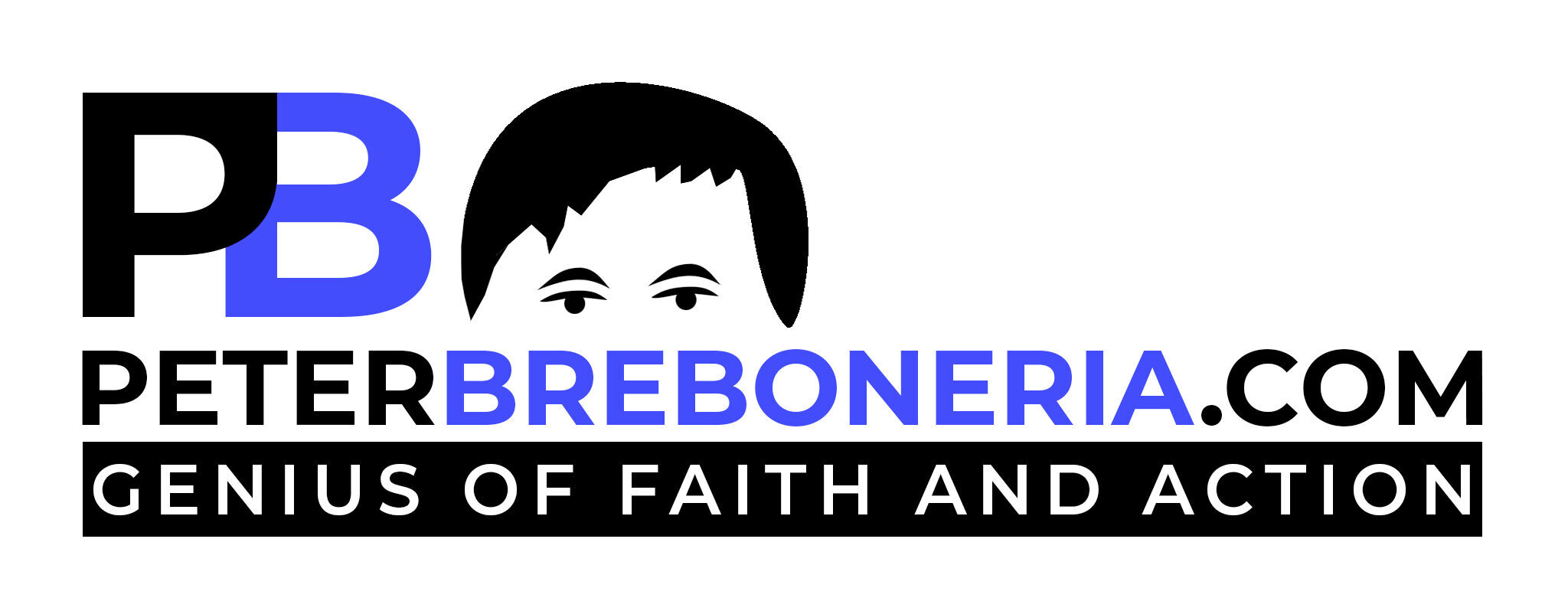Three (3) Paths to Injuries in Yoga
Three (3) Paths to Injuries in Yoga
Is practicing yoga as safe as the yoga industry lets on?
New York Times science editor William Broad pursued a related question in “Risk of Injury,”:
Paths to avoid:
Path 1: Public silence of the gurus about the risks of injury
Relevant Finding:
Gune, Indra Devi, Itengar,Swami Sivananda, Pattabhi Jois, and Bikram Choudhury explicitly stated on their famous works that the discipline of Yoga “have shown to be free of hidden danger.”
Reflection:
Teach Yoga that presents its benefits and dangers. The best and modern gurus put safety first, caution their students to proceed with care, and reject the “one size-fits-all mentality of early styles and instructors”.
Path 2: Practice Yoga for ego purpose, for example, status, prestige, and acceptance
Relevant Findings:
The reports appeared in some of the world’s most respected journals—including Neurology, the British Medical Journal, and The Journal of the American Medical Association:
Injuries to sciatic nerves, when a male college students intensified his practice by sitting upright for long periods on his kneels in a kneeling position known as Vajrasana–Vajra means “thunderbolt” in Sanskrit, and a woman of forty two fell asleep in Pashimottanasana—the Seated Forward Bend, its Sanskrit name meaning “stretch of the West.”

Sciatic Nerves
Photo credit: https://paindoctor.com/conditions/sciatica/

Vajrasana
Photo credit: https://gulfnews.com/lifestyle/health-fitness/yoga-lose-weight-the-natural-way–part-5-1.1963176

Seated Forward Bend (Pashimottanasana)
Photo credit: https://www.yogaasan.com/paschimottanasana-seated-forward-bend/
For strokes, a woman of twenty-eight had suffered strokes while doing a position known in gymnastics as the bridge and in yoga as the Wheel or Upward Bow (In Sanskrit Urdhva Dhanurasana) and the man of twenty-five who would do a Shoulder Stand with his neck “maximally flexed against the bare floor.
Stroke: The sudden death of brain cells due to lack of oxygen, caused by blockage of blood flow or rupture of an artery to the brain.
Reference: https://www.medicinenet.com/script/main/art.asp?articlekey=9791

Doctors had identified five risky poses: the Headstand, the Shoulder Stand, the Side
Angle pose, the Triangle, and the Plow, or Halasana. The study said such poses were judged potentially dangerous because they “put extreme pressure on the neck” or resulted in “sudden neck movements.”

Shoulder Stand
Photo credits: https://yogadudes.tumblr.com/post/97754528494/amygoalen-los-angeles-yoga-teacher-ari-kanamori


Triangle Pose (Trikonasana)
Photo credit: https://www.openfit.com/trikonasana-triangle-pose-yoga

Plow, or Halasana
Photo credit: https://protips.dickssportinggoods.com/sports-and-activities/yoga-and-studio/how-to-do-plow-pose
Reflection:
There is nothing wrong about this position but doing it incorrectly and excessively beyond the necessary and giving in to instructors and peer pressure to push yourself beyond your limitations. Do yoga because it is beneficial to your health, not for ego purpose—illegitimate need of status, prestige, and acceptance that could lead to the risk of injury.
Path 3: Lack of accountability
Relevant findings:
Individual schools have taught courses in healing and graduated what they call Certified Yoga Therapists. But the schools made up their own curriculum and taught whatever they deem appropriate. As is the case with registration, no national body administers tests and awards certifications, Fishman joined the Advisory Council of the International Association of Yoga Therapists, where he works with Payne in an effort to improve the profession’s standards as well as its methods of practice and teaching.
Reflections:
Yoga school shall be accountable with a recognized and national body who will polices the field, or sets rules for what constitutes minimal education requirements for Certified Yoga Therapists.
Final words.
Avoiding the risk of injury is a mutual responsibility of the individual (yogi). Gurus (teacher), and accountability to a legitimate body of experts in the field.
References
- Broad, William J. The Science of Yoga: the Risks and Rewards. London: Simon & Schuster, 2013
- Esguerra, Ria. “How this Pinoy dancing Queen Found Himself and His True Calling.” COSMO.PH. Cosmopolitan Philippines, October 12,2018. https://www.cosmo.ph/lifestyle/jan-cerezo-gay-games-2018-a1028-20181012-lfrm
(The author is dedicating this article to his UP Professor Jan Gabriel Cerezo, the Pinoy Dancing Queen)




